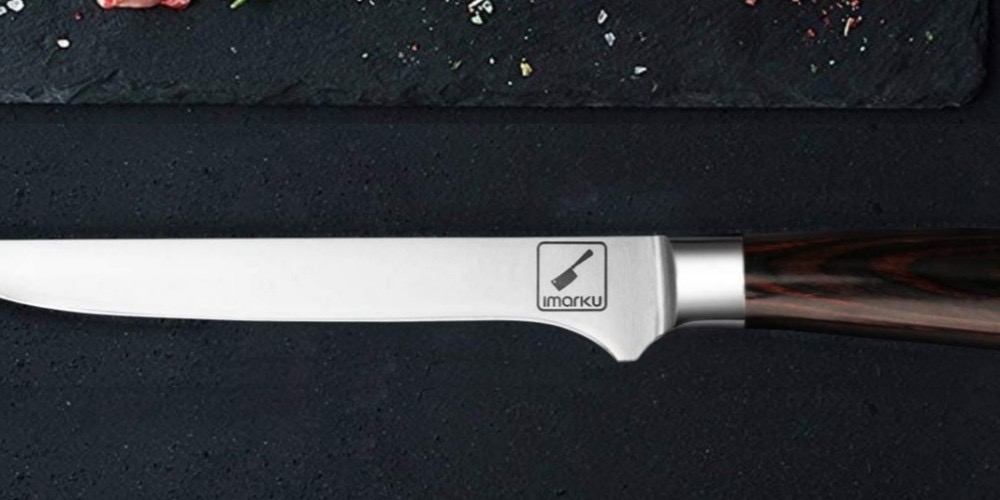One tool that is very important for every chef to have is a boning knife. This is because this kitchen tool helps the chef effortlessly and effectively prepare meat, fish, and poultry. It also has other versatile uses in the kitchen, making it a must-have knife in any chef’s knife set. But acquiring this knife without prior knowledge on what to look for in a knife that can satisfy your butchering jobs in the kitchen can lead to sloppy results.
Luckily, this article provides a detailed guide on how to acquire the best boning knives available. These guidelines will aid the chef to be able to purchase a boning knife readily. So, why not Buy now!
What Is A Boning Knife
A boning knife is a butchering knife with a sleek appearance, a long, thin and sharp blade. This feature allows the knife to pierce through meat effortlessly. This tool is used to cut through ligaments and connective tissues of meat, fish, and poultry. It is also used for peeling off flesh from meat and can be used for peeling fruits and baking purposes.
Types of Boning Knives
There are mainly two types of boning knives, although these types come in different designs. They are:
- Stiff Boning Knives: As the name suggests, these knives have large and have stiff straight blades allowing them to produce neat but thick cuts when preparing meat. Hence, they can cut through connective tissues and bone ligaments.
- Flexible Boning Knives: The knives are the direct opposite of stiff boning knives. They have small but flexible and curved blades that allow them to be used for thin cuts like skin removal from fish and poultry and deboning.
Factors To Consider When Choosing A Boning Knife
There are several factors to consider when choosing a boning knife for a particular job. These factors are detailed below:
- The Design of the blade: This should be in line with the job the knife will be serving, there are various designs of boning knives, and they are curved, straight, thin, broad, stiff, and flexible. The curved and flexible designs are suitable for smaller meat jobs, while the stiff and straight work best for bigger jobs.
- The size of the boning knife: The size of the boning knife is in line with the nature of the job the chef wishes to use the boning knife for. Boning knives with large and stiff blades are ideal when cutting ligaments and connective tissues from large meats, while smaller blades on this kind of job result in injury. Hence, the chef should choose the boning knife with respect to the kind of job it will be used for.
- The handle of the boning knife: This factor is influenced by the safety and convenience of the chef. The boning knife should have a handle that the chef is convenient and comfortable with. It should feel just right in the chef’s hands. To avoid the risk of an accident when in use.
Conclusion
The guide provided in this article will ensure that the chef’s choice of boning knife will help the chef produce quality and satisfactory dishes while prioritizing the chef’s safety and comfort.
